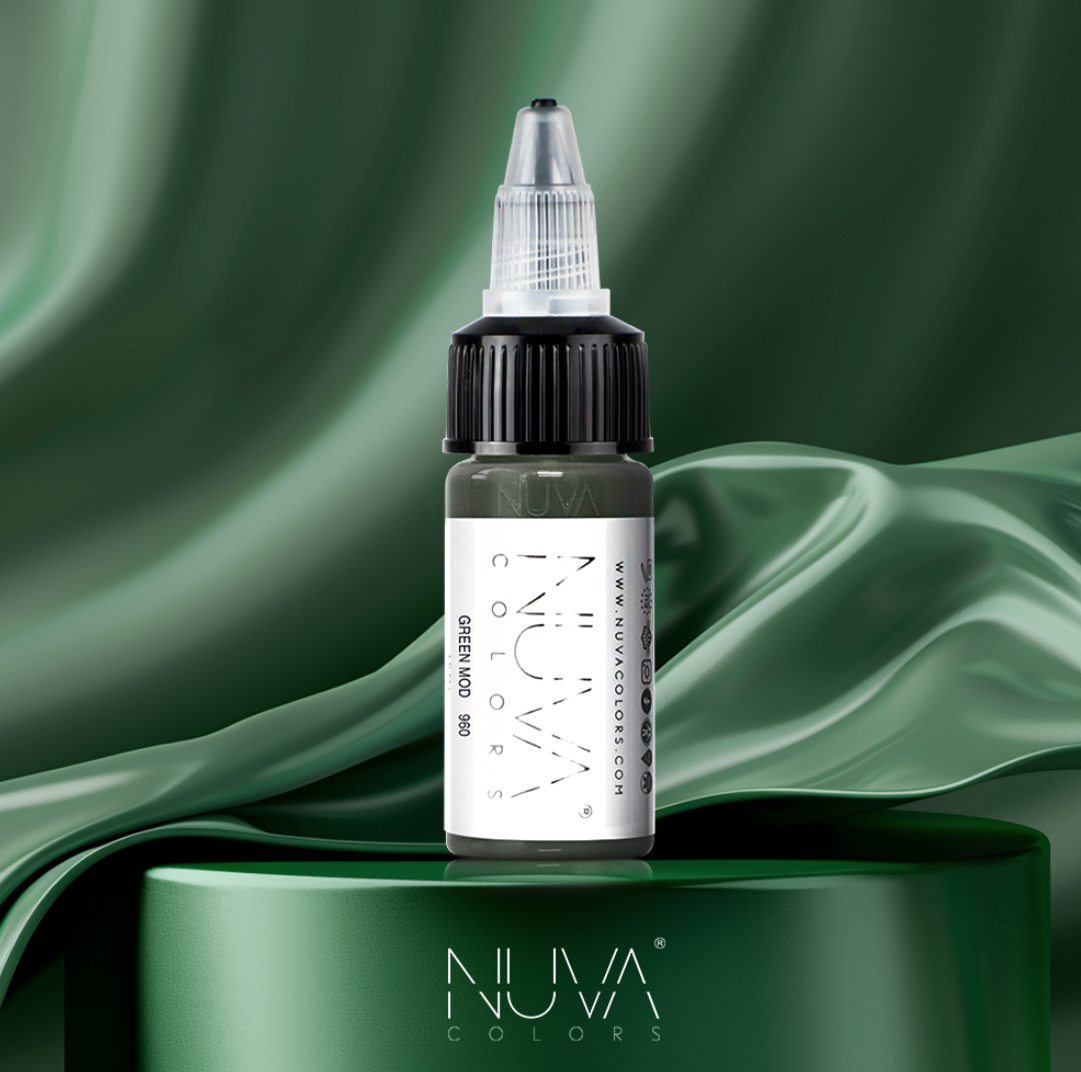The Science of Pigment Retention: Factors Affecting Longevity in PMU
Pigment retention is a cornerstone of successful Permanent Makeup (PMU) procedures, ensuring that clients enjoy long-lasting and vibrant results. This article delves into the scientific factors that influence pigment longevity, including pigment composition, application techniques, skin types, and aftercare practices. By understanding and optimizing these elements, PMU artists can enhance the durability of their work, leading to greater client satisfaction and professional excellence.






